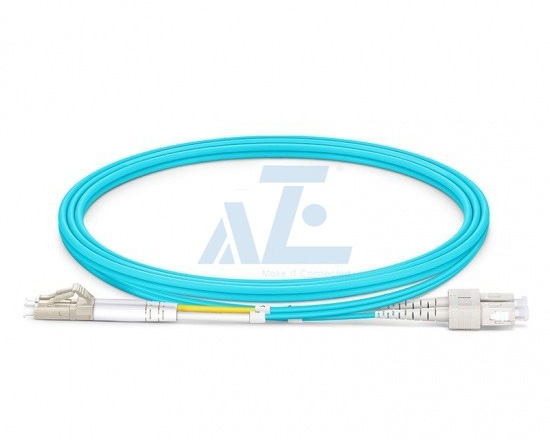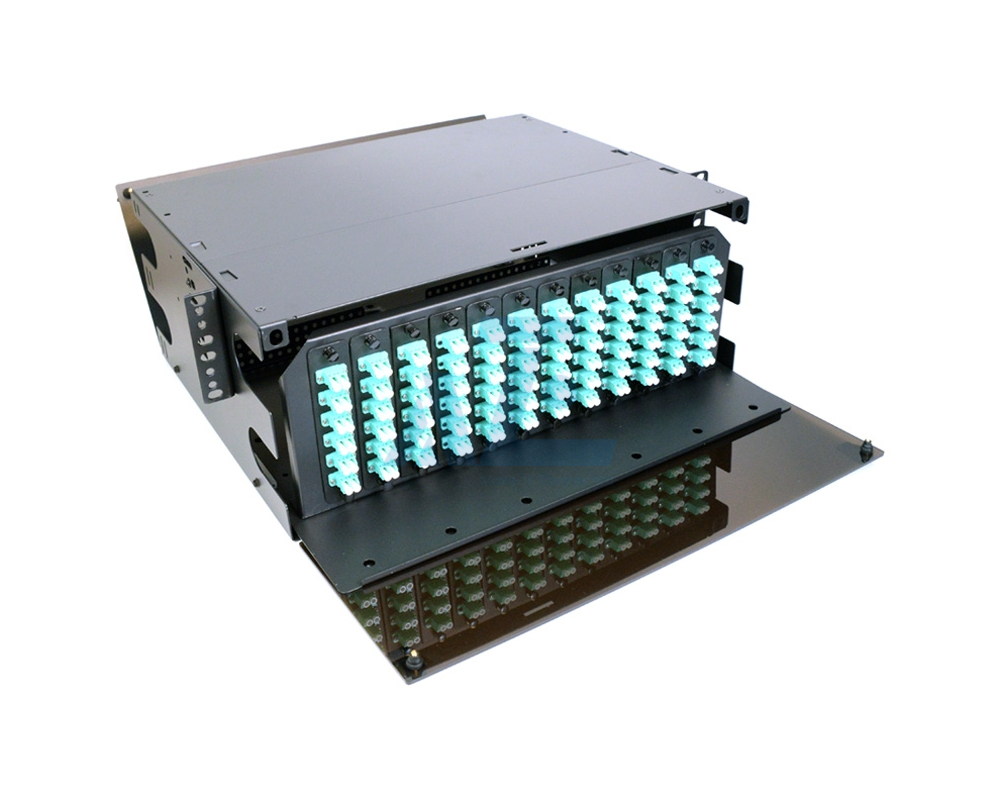Fiber Optic Enclosures, Patch Panels & Splice Closures | AZE Telecom – Your Trusted Partner
Discover AZE Telecom’s premium fiber optics solutions, including enclosures, patch panels, splice closures, and cable management systems. Designed for 5G, data centers, and FTTH networks, our high-quality products ensure seamless connectivity and reliable performance. Partner with AZE for innovative, customizable, and sustainable fiber optics solutions.
Custom
Warranty
Certificates
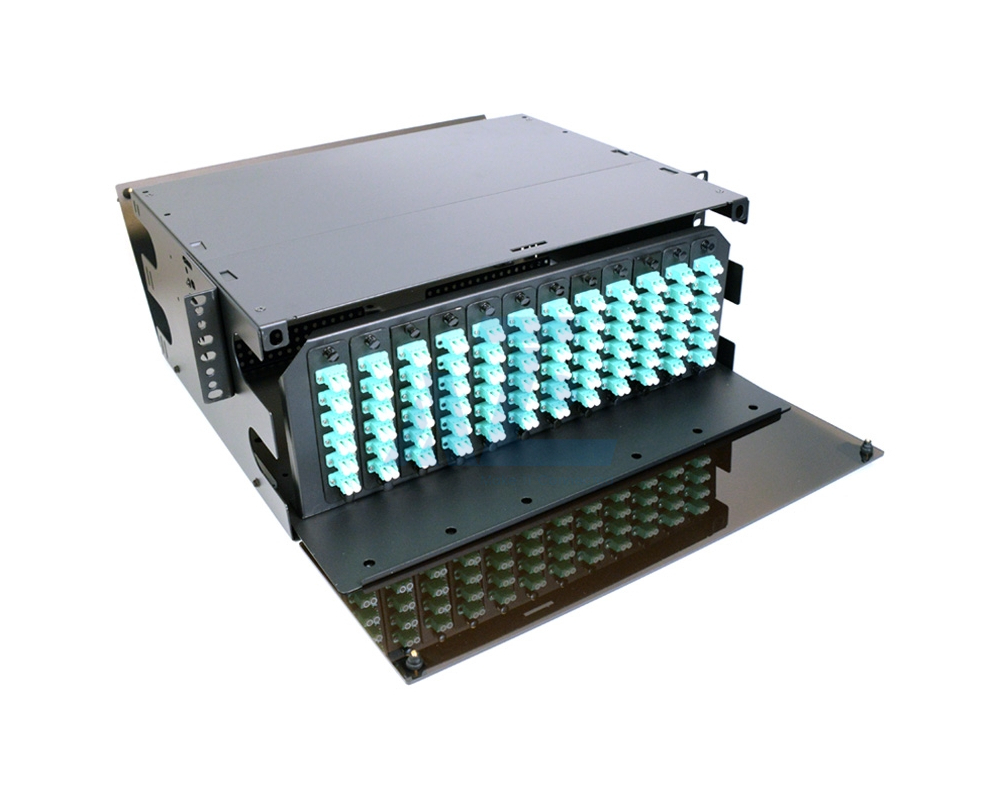
4U Rack Mount Fiber Optics Enclosure with LGX Adapter Plates or MTP / MPO Cassettes
Suitable LGX Adapter Plates or MTP / MPO Cassettes
OF4UMPANELxxHD
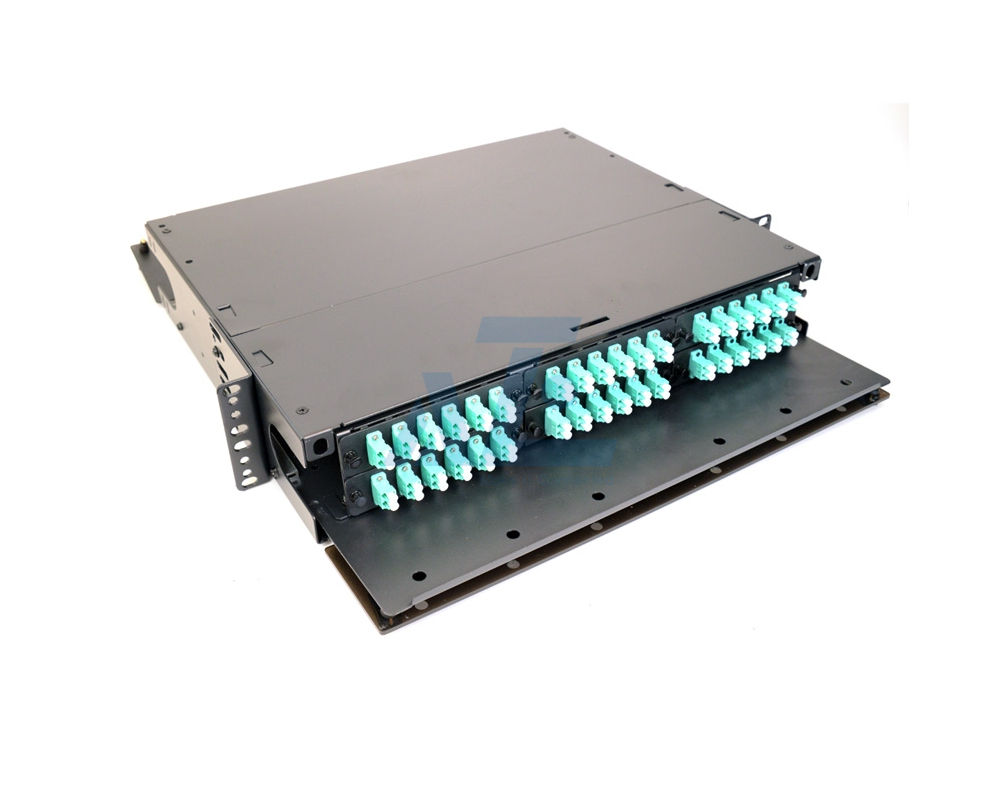
2U Rack Mount Fiber Optics Enclosure with LGX Adapter Plates or MTP / MPO Cassettes
Suitable LGX Adapter Plates or MTP / MPO Cassettes
OF2UMPANELxxHD
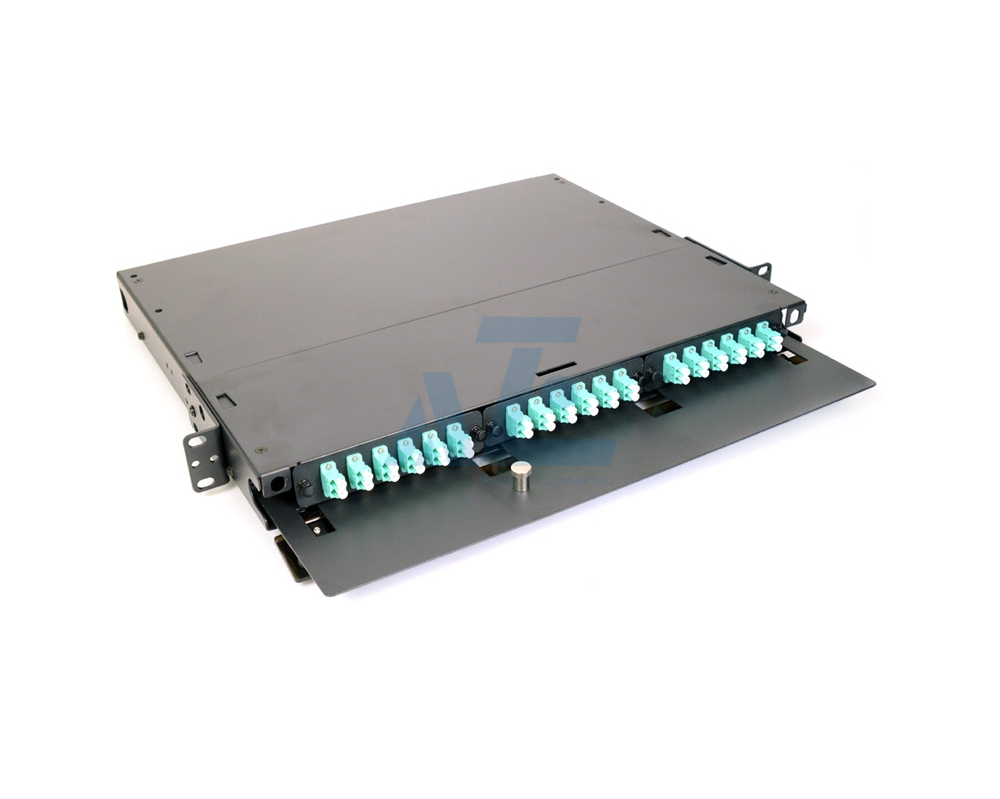
1U Rack Mount Fiber Optics Enclosure with LGX Adapter Plates or MTP / MPO Cassettes
Suitable LGX Adapter Plates or MTP / MPO Cassettes
OF1UMPANELxxHD
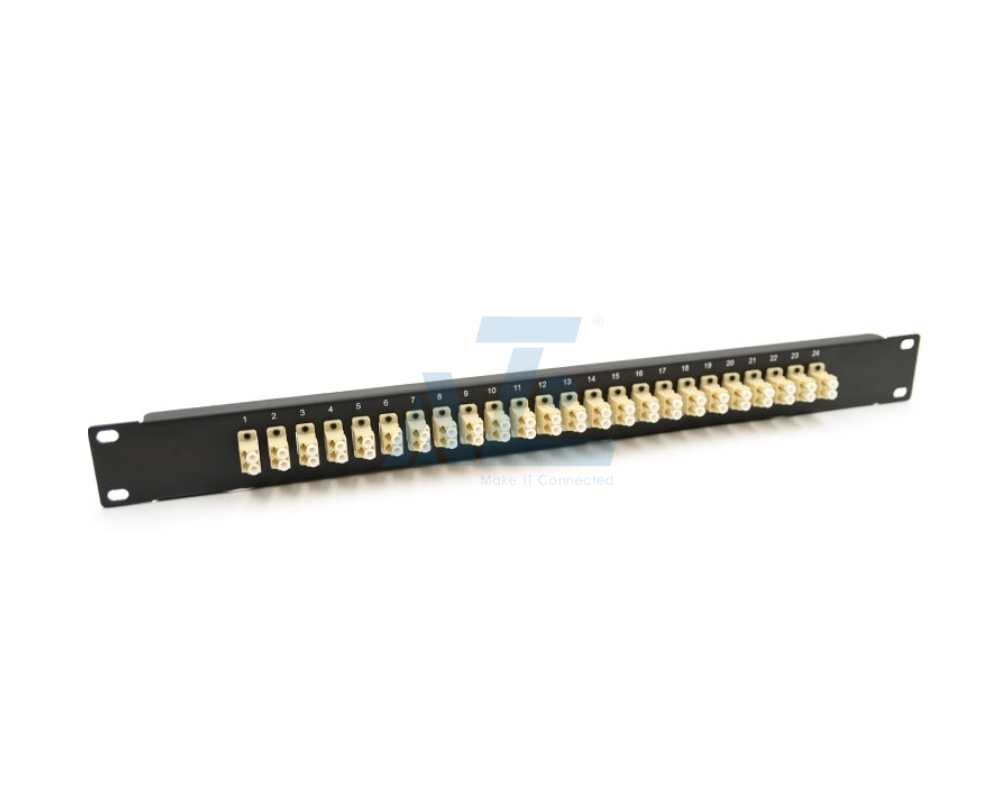
19" 1U Fiber Optics Panel with 24 Ports Duplex LC Adapters-OM4 Multimode
48 Fiber 24 DX Ports Color Coded for Multimode APC/UPC
1UPANEL48LC-MM
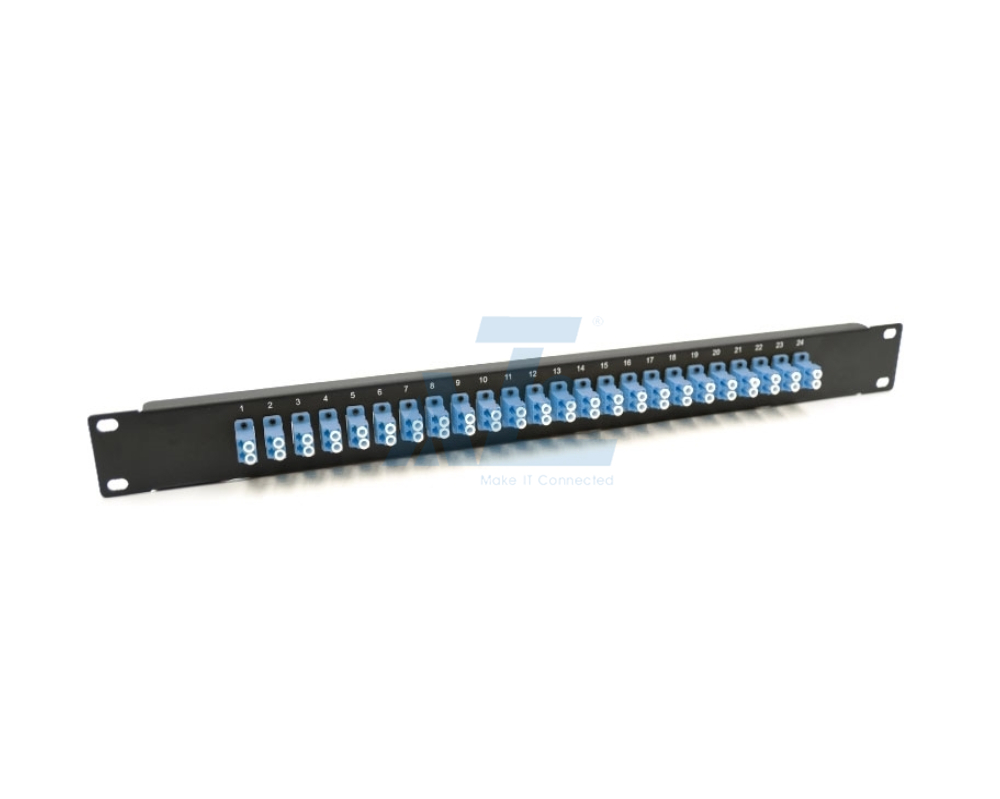
19" 1U Fiber Optics Panel with 24 Ports Duplex LC Adapters - OS2 Singlemode
48 Fiber 24 DX Ports Color Coded for Singlemode APC/UPC
1UPANEL48LC-SM
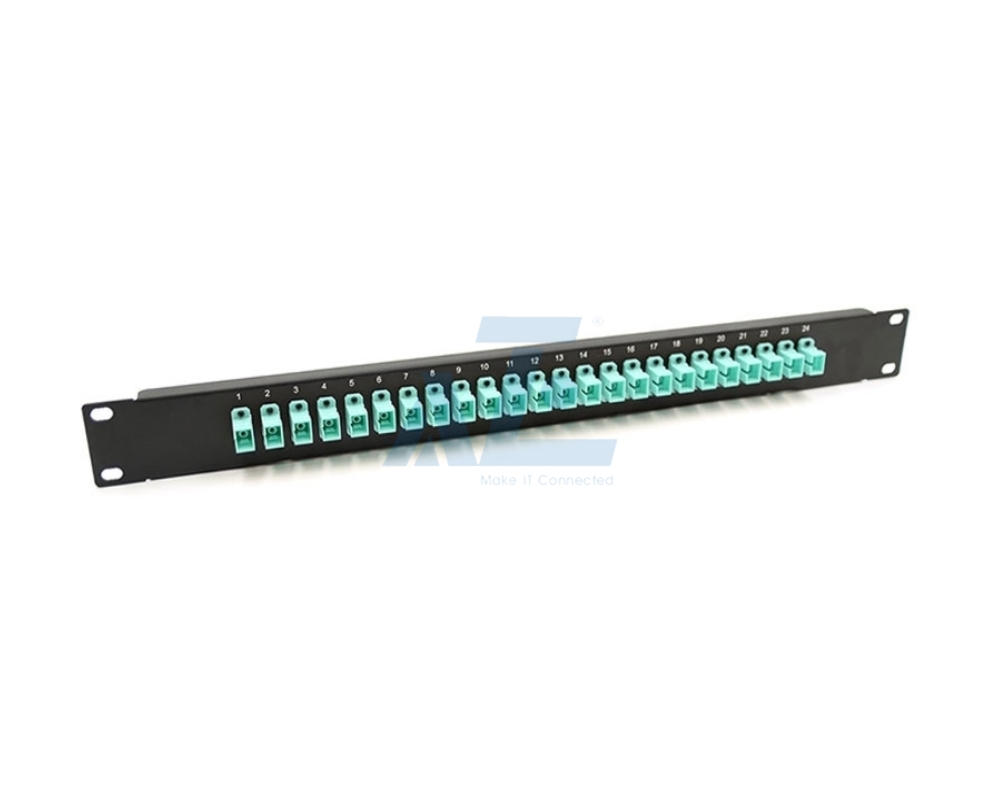
19" 1U Fiber Optics Panel with 24 Ports Simplex SC Adapters-OM4 Multimode
24 Fibers Color Coded for Multimode APC/UPC
1UPANEL24SC-MM
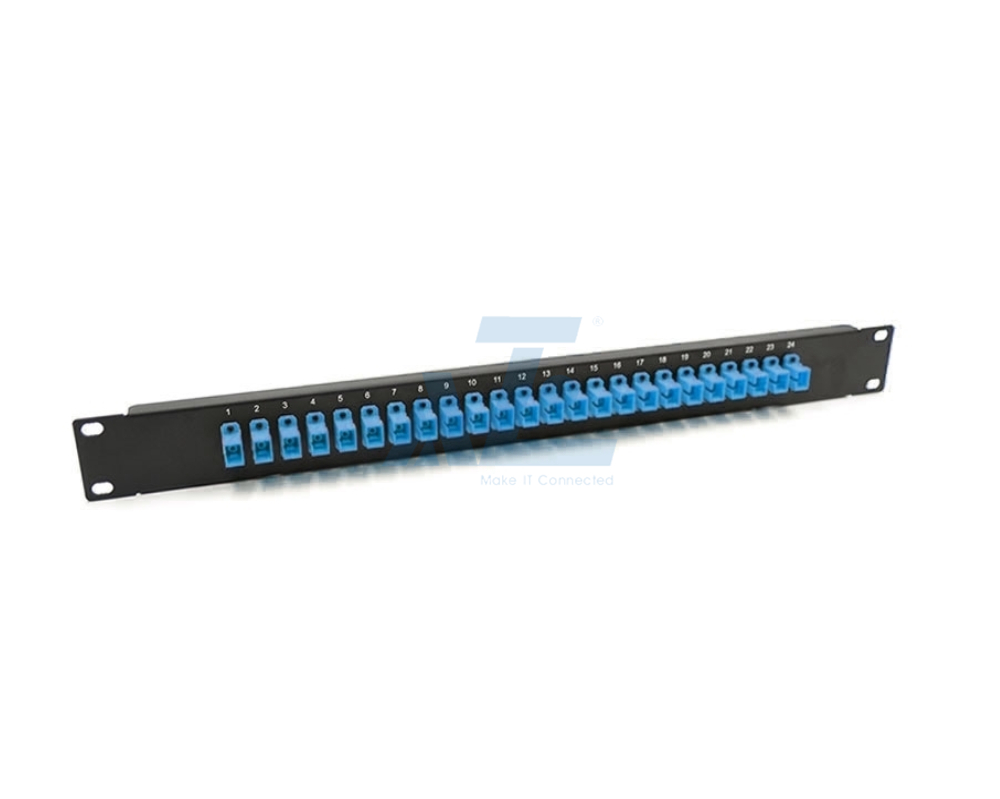
19" 1U Fiber Optics Panel with 24 Ports Simplex SC Adapters - OS2 Singlemode
24 Fibers Color Coded for Singlemode APC/UPC
1UPANEL24SC-SM
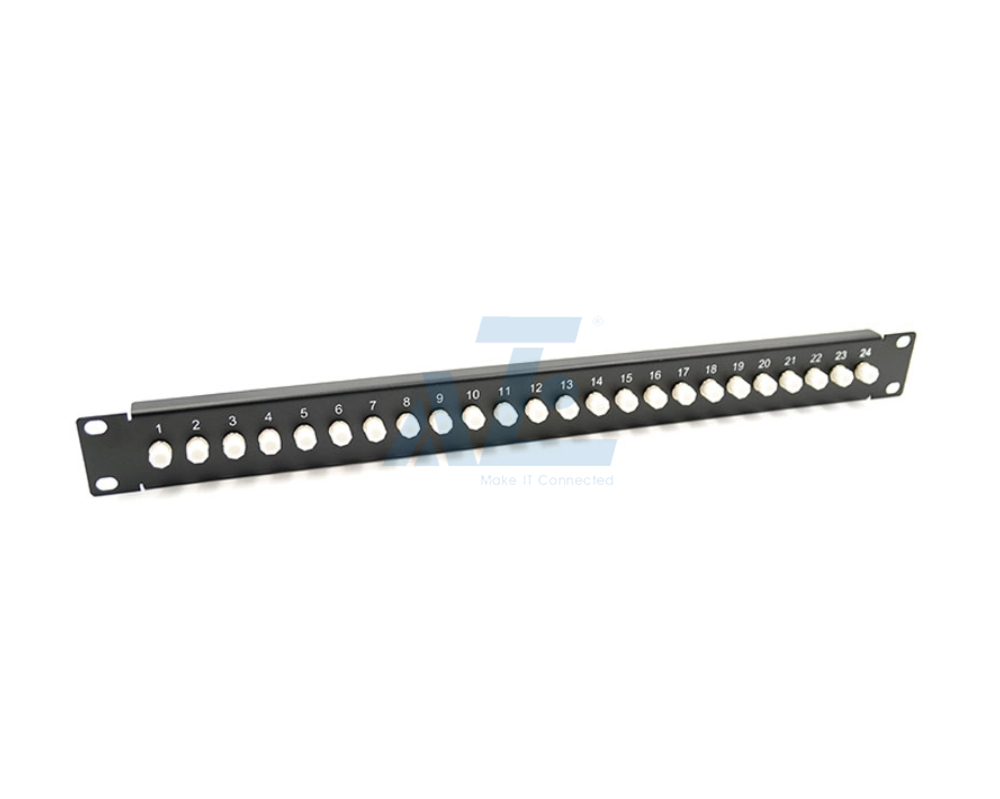
19" 1U Fiber Optics Panel with 24 Ports FC Adapters
Suitable for Multimode or Singlemode, UPC or APC
1UPANEL24FC
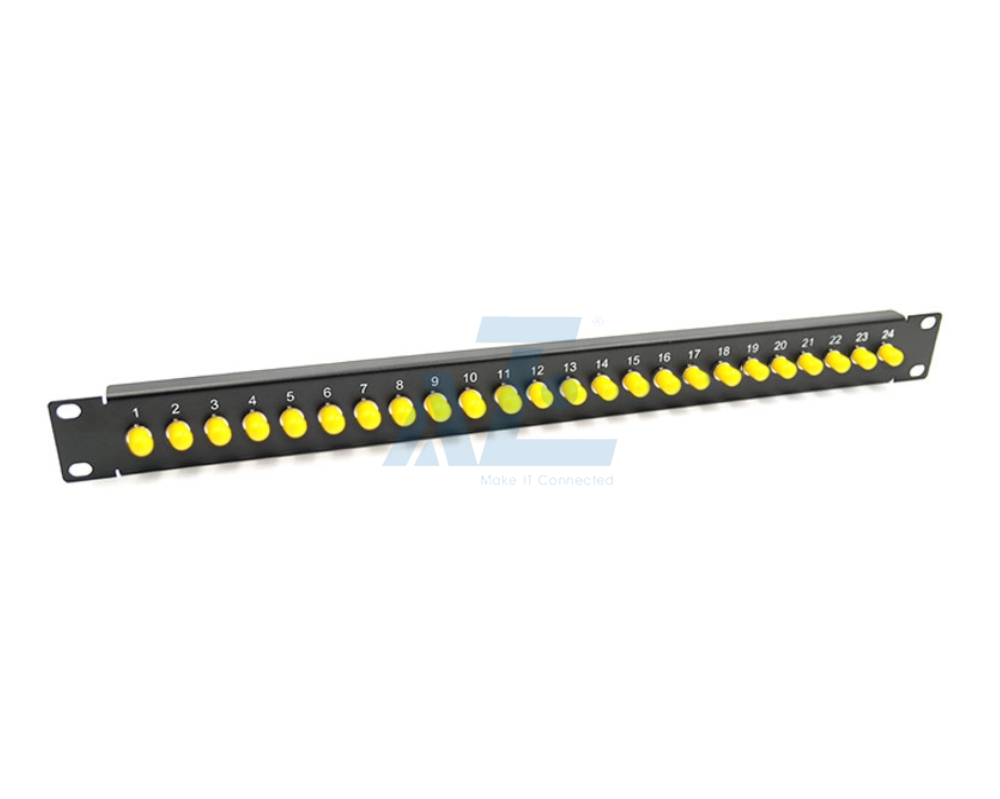
19" 1U Fiber Optics Panel with 24 Ports ST Adapters
Suitable for Multimode or Singlemode, UPC or APC
1UPANEL24ST
AZE Telecom: Leading Provider of High-Quality Fiber Optics Solutions
At AZE Telecom, we specialize in designing and manufacturing premium fiber optics products that cater to the evolving needs of modern telecommunications, data centers, and industrial networks. Our comprehensive range of fiber optic solutions is engineered to deliver high performance, reliability, and scalability, ensuring seamless connectivity and efficient data transmission for your infrastructure.
Our Fiber Optics Product Portfolio
1. Fiber Optic Enclosures
Our fiber optic enclosures are designed to protect and organize fiber connections in various environments. Key features include:
-
Outdoor Fiber Enclosures: Weatherproof and durable, ideal for harsh environmental conditions.
-
Wall-Mount and Rack-Mount Enclosures: Space-saving designs for indoor installations.
-
High-Density Fiber Enclosures: Optimized for data centers and telecom hubs to maximize space utilization.
-
Waterproof and Dustproof Designs: Ensure long-term performance in challenging environments.
2. Fiber Optic Patch Panels
AZE’s fiber optic patch panels provide efficient cable management and connectivity for high-speed networks. Highlights include:
-
1U and 2U Patch Panels: Compact designs for data centers and server rooms.
-
LC, SC, and MTP/MPO Compatibility: Support for various connector types.
-
Plug-and-Play Systems: Simplify installation and reduce deployment time.
-
Bend-Insensitive Fiber Trays: Minimize signal loss and ensure optimal performance.
3. Fiber Distribution Boxes
Our fiber distribution boxes are essential for organizing and protecting fiber connections in FTTH (Fiber to the Home) and telecom networks. Features include:
-
FTTH Fiber Distribution Boxes: Compact and easy to install for residential and commercial use.
-
Fiber Termination Boxes: Provide secure splicing and termination points.
-
Fiber Splice Closure Boxes: Designed for outdoor and aerial installations.
-
Modular Designs: Allow for easy expansion and customization.
4. Fiber Optic Cable Management Systems
AZE’s fiber cable management solutions ensure efficient organization and protection of fiber optic cables. Products include:
-
Fiber Cable Trays and Organizers: Keep cables neatly arranged and accessible.
-
Fiber Raceway Systems: Provide secure pathways for fiber cables.
-
Slack Management Systems: Prevent cable damage and ensure proper slack storage.
-
Durable Fiber Ducts: Protect cables in industrial and outdoor environments.
5. Fiber Optic Adapters and Connectors
Our fiber optic adapters and connectors enable seamless connectivity and high-performance data transmission. Key offerings include:
-
LC, SC, and ST Adapters: Compatible with various fiber optic cables.
-
MTP/MPO Adapters: Ideal for high-density data center applications.
-
Fiber Optic Pigtails: Pre-terminated cables for quick and easy installations.
-
Hybrid Adapters: Support connections between different connector types.
6. Fiber Optic Splice Closures
AZE’s fiber optic splice closures provide secure and reliable splicing solutions for outdoor and harsh environments. Features include:
-
Dome-Type and Inline Splice Closures: Suitable for aerial, buried, and underground installations.
-
Waterproof and Corrosion-Resistant Designs: Ensure long-term durability.
-
High-Capacity Splice Trays: Accommodate multiple fiber splices.
-
Easy Installation and Maintenance: Reduce downtime and operational costs.
7. Fiber Optic Cassettes
Our fiber optic cassettes are designed for high-density fiber management in data centers and telecom networks. Highlights include:
-
12-Fiber, 24-Fiber, and 48-Fiber Cassettes: Support various network densities.
-
MTP/MPO Cassettes: Ideal for high-speed data transmission.
-
Pre-Terminated Designs: Simplify installation and reduce deployment time.
-
Durable and Compact Builds: Optimize space and ensure reliable performance.
Applications of AZE’s Fiber Optics Products
-
Telecommunications: Enhancing network infrastructure with reliable and scalable fiber solutions.
-
Data Centers: Optimizing fiber cable management and connectivity for high-speed data transmission.
-
FTTH (Fiber to the Home): Providing efficient and compact solutions for residential and commercial networks.
-
5G Networks: Supporting high-density fiber deployments for 5G infrastructure.
-
Industrial Automation: Ensuring robust and reliable fiber connectivity in harsh environments.
-
Smart Cities: Enabling seamless connectivity for smart city applications, such as traffic management and public safety.
Why Choose AZE Telecom for Fiber Optics Solutions?
-
Comprehensive Product Range: From fiber enclosures and patch panels to splice closures and cassettes, we offer end-to-end fiber optics solutions.
-
Customization Capabilities: Tailored designs to meet specific project requirements.
-
High-Quality Standards: All products comply with international standards such as ISO, IEC, and UL.
-
Innovative Designs: Focus on low-loss, high-density, and plug-and-play solutions.
-
Global Reach, Local Expertise: Combining cost-effective manufacturing with world-class quality.
-
Sustainability Commitment: Eco-friendly materials and energy-efficient production processes.
Partner with AZE Telecom
Whether you’re building a 5G network, upgrading a data center, or deploying FTTH infrastructure, AZE Telecom is your trusted partner for high-quality fiber optics solutions. Explore our innovative product portfolio and discover how we can help you achieve seamless connectivity and operational excellence.

